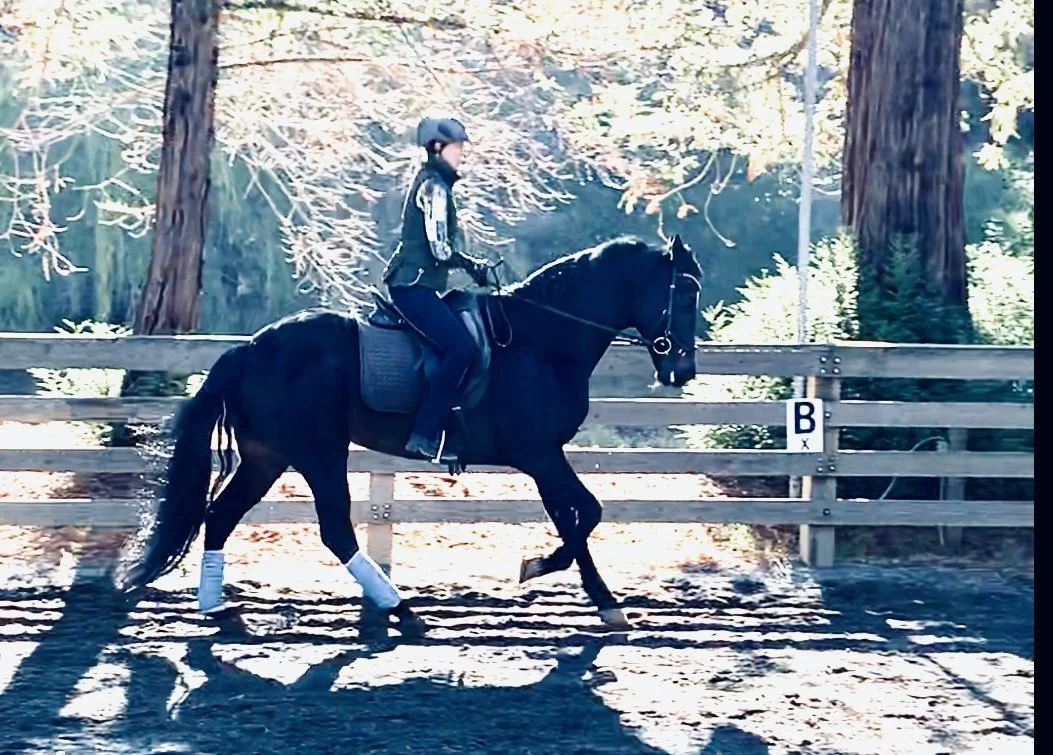The Rider's Job Title: Chief Explainer
“Rider” is really quite the understatement. Fitting for a job that requires humbleness above all else, yet also deceivingly simple. It’s not at all like riding bike, for example. The bike will always respond with “y” to input “x.” While the bike rider has to learn balance and steering first as well, they won’t have to explain to the bike how to interpret their requests and convince it to cooperate.
To make matters even more complicated, humans have enough trouble communicating with their own kind in their own language in a constructive way. Now try communicating with a different species altogether, and then climbing on the other’s back and asking them to carry you around, all nice and pretty of course (and biomechanically correct), please.
So it’s clear that beyond the rider’s technical ability to sit properly on the horse (see #Don’tSkipThePrerequisites), the main job is to find logical ways of explaining to the horse what we want him to do. Thankfully, the entire classical dressage system consists of a logical step by step pathway along the training scale.
But even that knowledge doesn’t absolve the rider from thinking and becoming the Chief Explainer for their horse. Let me give you an example. A horse I’m working with has learned to pick up each canter lead and canter in a balanced manner both on a 20 m circle and on straight lines. Now it’s time to work on being able to stay more organized after the down transitions to then be able to canter again more quickly without sacrificing relaxation and balance.
I’ve used a large figure 8 (two 20m circles) and started trotting straight across the center line to then pick up the other lead. On day one, it took at least half a circle to pick up the canter again nicely. On the second day, the horse had clearly processed the exercise and was able to canter again within 4 to 5 strides (good boy!). On the third day (and btw., these are not consecutive days, there are trail rides and hand walking days in between), he was so overly eager and anticipating that he started rushing a bit and leaning to the inside so that it again took longer to reorganize.
Rather than getting rougher to bring him back more, I switched the exercise to trot-canter transitions on the same circle. Here, he was used to being able to stretch after the down transition, so was a bit surprised when he was asked to stay up and prepare to canter again. After two attempts, he understood and stayed well balanced for the down and following up transition.
Now that we were on the same page about the assignment again, I went back to my original figure 8 exercise, and voila, he stayed with me, stayed balance, and was able to pick up the canter again within a few strides. He earned a ton of praise and we quit that exercise for the day.
When a horse isn’t doing what we want, we don’t need to get rougher, we need to explain it better. Getting rougher, tougher or whatever you want to call is the equivalent of screaming louder at someone who doesn’t speak your language in hopes of having them understand you. Not only does it not work, it’s also highly unpleasant and counter productive in establishing the cooperation you’ll need to have a working relationship with your horse.





